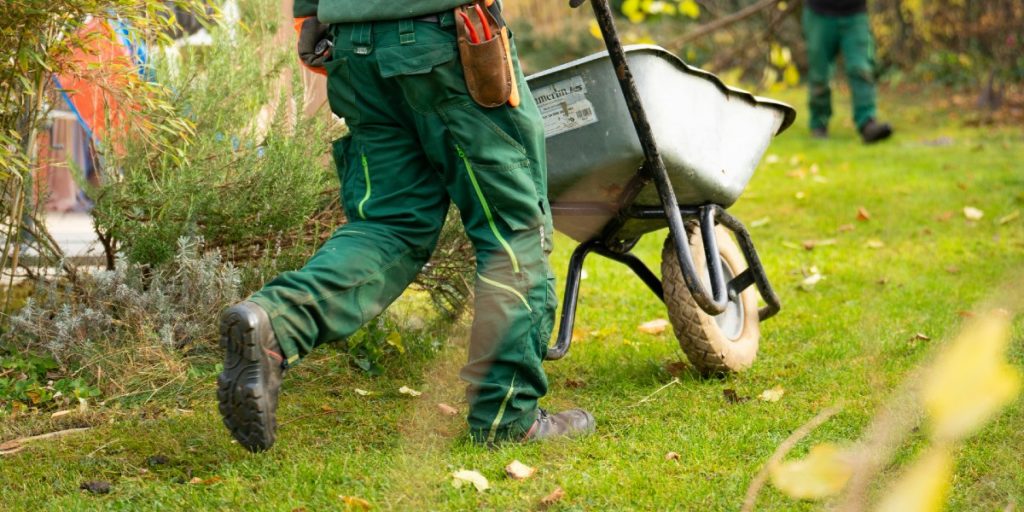Kari Leibowitz is a health psychologist, speaker and writer. She researches the power of mindset at the Stanford Mind and Body Lab. She lived in the Arctic and traveled the world’s wintery places to investigate how to best find joy, comfort, and meaning during the winter season.
What’s the big idea?
Lots of people say that winter sucks—but that is probably exactly why it sucks. When we approach the cold, dark season with a negative mindset we miss out on all its restorative, strengthening, celebratory, creative, and cozy offerings. Small, simple practices can start transforming a once-dreaded winter into a meaningful, enjoyable time of year.
Below, Kari shares five key insights from her new book, How to Winter: Harness Your Mindset to Thrive on Cold, Dark, or Difficult Days. Listen to the audio version—read by Kari herself—in the Next Big Idea App.

1. Set your expectations to prepare for winter.
Most of us let winter happen to us. If we think about winter at all, it’s with dread of the cold, dark days ahead and how tired we’ll feel. But research shows that our expectations profoundly influence our experience. Our mindset can create a self-fulfilling prophecy. When we expect only winter misery, it’s more likely that we’ll feel miserable in the winter. Rather than letting the season sneak up on us, we can anticipate winter proactively.
We can intentionally imagine the season’s joys, cozy nights at home, holiday celebrations, and crisp evening walks. We can prepare physically and mentally to make winter wonderful. Fill our cabinets with tea and hot chocolate. Pull our sweaters to the front of the closet. Set out candles and extra blankets. By looking ahead and preparing, we can actively welcome winter, putting us on a path to seasonal enjoyment and training ourselves to notice winter’s delights. This is also practice for intentionally meeting upcoming challenges and preparing to face them.
2. Adapt to winter by leaning into rest.
It’s normal to feel more tired during the dark days of winter, but many people interpret winter lethargy as a negative or even as a sign of depression. Yet reasonable fluctuations in energy can be adaptive. Almost every other living thing—plant or animal—changes its behavior and rests more in the winter. This rest is vitally important for growth in other seasons. Lots of plants require a certain number of dormant hours in the cold to bloom successfully come spring. When I lived in Tromsø, Norway, I noticed that people there used winter as an opportunity to slow down, sleep more, or rest in other ways. They did more restorative exercises like yoga, took more time with their families over meals, or savored baths and showers. They also dedicated more time to different activities like reading books, knitting, or baking. This slowing down and going inward was seen as a natural and adaptive way to live in tune with the seasons.
In other places, we can be hard on ourselves when we feel more tired in winter. We expect that we should be equally energetic, productive, and social year-round. This perspective is nonsensical and can prevent us from reaping the benefits of downtime winter has to offer. One study found that viewing leisure as wasteful or unproductive undermines our enjoyment of relaxing activities. Leisure itself has been shown to lower blood pressure, reduce the risk of depression, and improve our relationships. Using winter as a chance to embrace slowness and leisure can both make the season special and help us practice the guilt-free rest that is good for our health and wellbeing.
“Almost every other living thing—plant or animal—changes its behavior and rests more in the winter.”
There will be times in life when we’re sick, recovering from surgery or childbirth, burnt out, or grieving when we’ll be forced to slow down. Practicing slowing down each winter can help us build these skills of leaning into rest and learning how to focus not just on growth and productivity, but also on restoration and rejuvenation.
3. Find the opportunities in winter.
We often focus on winter’s limitations, the things we can’t do or don’t enjoy when it’s cold, dark, or wet outside. But people and cultures who do winter well luxuriate in winter-specific delights. In Denmark, people look forward to the hygge coziness that winter affords. In Iceland and Japan, hot water bathing is enjoyed even more as the days get colder. In Finland, winter is the time to sweat in the sauna. Off the coast of Scotland and the Outer Hebrides, special cultural celebrations take place over whiskey during winter evenings. Dinner by candlelight, movie nights, stargazing, or gathering around the fire are all activities that are especially well suited to winter. Other pleasures like drinking morning coffee, taking a bath, or reading a book can feel more delightful when it’s chilly or gray outside. Rather than focusing on what winter makes harder, ask yourself what special activities or peaceful moods the season facilitates. Then, make it a point to do more of those activities.
Winter can also be an especially good time for creative indoor pursuits like writing, painting, or practicing music. One study finds that darkness boosts creativity. By freeing us from our usual inhibitions and ways of thinking, we can transform our experience of winter by indulging in activities that feel cozier, more fun, and more meaningful when darkness gathers and the rain and snow fall. A study by my colleagues, Tao Jiang and Alia Crum at the Stanford Mind and Body Lab found that helping patients going through cancer treatment adopt the mindset that the cancer journey can be an opportunity to make meaningful life changes and connect with what’s important actually improved physical and emotional functioning during treatment. We can use winter to practice finding opportunities during darkness and weather that we can’t control.
4. Make winter positive small talk.
People love to complain about winter weather. Our bias against the season gets reinforced when we grumble about the cold to loved ones or hear newscasters telling us to hunker down for the weekend. The words we use are consequential.
“Rather than constantly complaining about winter, try to use words that uplift winter’s positives.”
Saying something out loud makes it real, and research shows that the language we use doesn’t just reflect our thinking, it also influences our mindset and directs our attention. For example, research finds that countries with languages that are highly gendered (where even nouns are male or female) tend to have greater gender inequality than countries that speak less gendered languages. Rather than constantly complaining about winter, try to use words that uplift winter’s positives. Comment on the beauty or coziness of rain or snow, or how the cold air can feel refreshing. How good it feels to enter a warm space after being outdoors. Be a wintertime mindset ambassador by using your words more deliberately.
You can chip away at the tendency to winter-bash both in yourself and others and spread a more positive view of the season. This can also train you to use your words deliberately to lift up the good things around you during any time of life and at any time of year.
5. Get outside.
Scandinavians have a saying, “There’s no such thing as bad weather, only bad clothing.” People who embrace winter find ways to get outside even when it’s cold, dark, and wet. Staying inside all season guarantees that winter will feel limiting, no matter how cozy we make it indoors. Practice bundling up in warm layers and waterproof boots. Experiment with getting outside in winter for short neighborhood walks, daily commutes by bike, or visiting a favorite spot in nature. Movement, fresh air, and connection with nature are natural antidepressants. Getting outside is an especially good antidote to the winter blues. We’re usually fairly bad at predicting how we’re going to feel, so we often underestimate how pleasant it can feel to be outside in chilly, wet weather, as long as we’re dressed appropriately.
Research has also found that people substantially underestimate how much of a mood boost time in nature provides. This is something I see firsthand in my students when I assign them to go on an outdoor winter excursion. Almost none of them want to go at first, but once they’re outdoors, something magical happens. The air turns from frigid to crisp and their mood lifts. Soon, they realized that it wasn’t as bad outside as it looked indoors and that they felt calmer and happier after going out. To make it easier to get outside in all weather, focus on short-term rewards, like how a winter walk will make you feel better today—more joyful, more able to focus, or more alert. Or maybe invite a friend to join. Getting outside and facing the elements, even for just a few minutes, can help us feel tough and resilient, giving us the fortitude to fall back on during difficult times. Opportunities to find more joy and fun this winter are out there, and I hope you choose to transform your experience of the season.
To listen to the audio version read by author Kari Leibowitz, download the Next Big Idea App today:
































